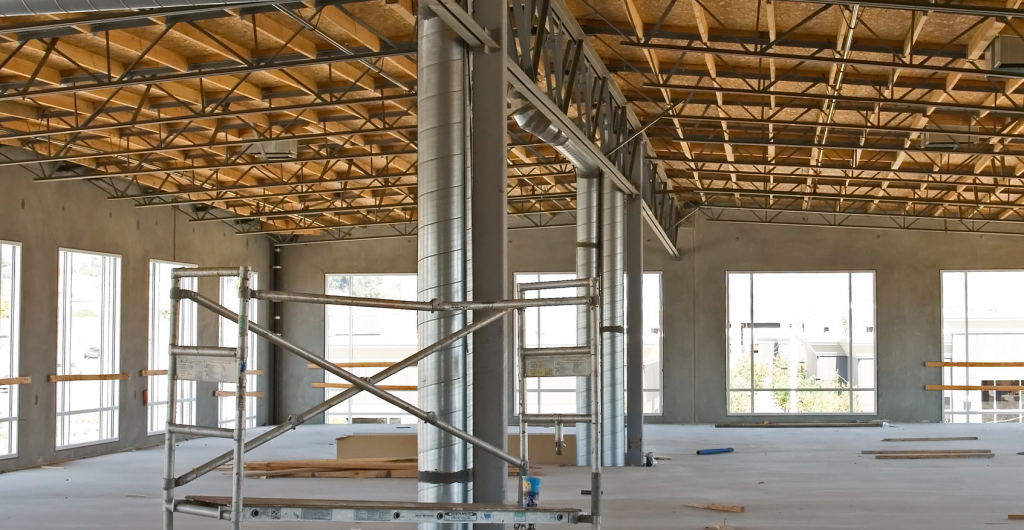
California & Arizona Construction Attorney
Construction claims are an inevitable risk in the construction industry. Our primary goal is always to avoid these risks whenever possible. Should a problem arise, we assist in the complaint process or defense of construction claims by representing property owners, contractors, architects, engineers, and other building professionals with litigation matters arising out of various construction projects. These claims typically include;
Breach of Contract/ Non-Payment – In General, most construction claims involve three areas of dispute. (1) The contractor or sub-contractor has not been paid, (2) the contractor or sub-contractor is not performing according to the Contract Documents, or (3) the work performed does not meet industry standards. A well drafted contract can avoid most claims by specifically addressing most foreseeable issues before they occur.
Change Orders – Another area of dispute may involve Change Orders. These typically include a dispute as to the cost involved to perform additional work, the additional time needed to perform and complete the additional work, or whether the change in construction was part of the original contract. The necessity of including specific language dealing with Change Orders, will help reduce or eliminate legal claims that typically arise in many construction projects.
Damages due to Landslide/geotechnical problems – Expansive soil. These conditions lead to cracked foundations, slabs, and damage to the building itself. There are limitations on when, and how long a contractor or builder may be liable for defects as a result of soil movement. The Statute of Limitations or Statute of Repose setting these limits, varies from state to state.
Design deficiencies – Design professionals such as architects and civil engineers often design buildings and systems that may not work properly. This often results in various types of damage through the house.
Substandard/poor workmanship – Poor workmanship, generally the most common complaint, is often limited to cosmetic aspects of construction but often affects the structural integrity of the building and poses safety concerns as well.
Deficiencies with respect to building materials – It is not uncommon to find building materials that although installed properly, are defective and need replacement. These include windows, roofing material, plumbing, and various other building materials.
Construction Liens – Many clients, whether contractors or property owners, have experienced the effect of implementing or removing a lien on a construction project. In general, a Construction Lien (or Mechanic’s Lien ) is a claim made against a particular piece of property by a material or equipment supplier, building contractor or other professional who has supplied labor and/or materials for work on that property or adds value or enhances another’s property. Construction liens are designed to insure these individuals are paid for their services. Even if the property owner is not satisfied with the work done by the contractor or professional, simply not paying the bill may result in the filing of a lien. Although there are certain exceptions, it is important to understand your rights as a contractor or property owner.
A Materialman’s Lien is similar to a Mechanic’s Lien that also gives the holder a security interest in property who supplied materials on the job site. In general, both laws requires that every person (except for a person performing actual labor for wages) who furnishes labor, professional services, materials, machinery, fixtures or tools to a construction project give written notice. This notice gives the property owner, construction lender, original contractor, and the contracting party notice and offers all interested parties, including lenders, the opportunity to become fully aware of the service provider or contractor’s potential lien rights against the property.
There are certain procedural aspects that must be followed in order to properly enforce a Materialman’s Lien or Mechanic’s Lien. Only if a potential lien holder has timely and correctly filed a notice, may they proceed to record a lien on the property for nonpayment for services or materials. The amount of time a claimant has to record a lien depends on whether the owner files a notice of completion on the project. Filing a notice of completion is optional for the owner of the property, but if one is filed, the period of time for which the claimant has to file a lien may be reduced. “Completion” is defined as the earliest of the following events: (1) 30 days after final inspection and written final acceptance by the governmental body that issued the permit, or (2) cessation of labor for 60 days.
In the event no building permit is issued or if the governmental body that issued the building permit does not issue a final inspection and written final acceptance, then “completion” is the last date on which labor, materials, fixtures, or tools were furnished to the property. The basis for the different lien filing periods is that the event of recording of a notice of completion gives all interested parties exact notice of when completion occurs.